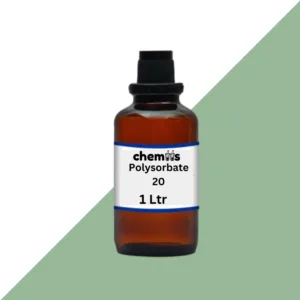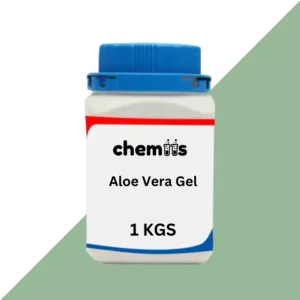Fouchet’s Reagent is a widely used chemical solution in laboratories, particularly in analytical chemistry, biochemistry, and pharmaceutical research. It is primarily employed for the detection of phenolic compounds, including tyrosine, and proteins in various biological and chemical samples. Composed mainly of ferric chloride (FeCl₃) dissolved in water or other solvents, Fouchet’s Reagent reacts with phenolic groups and protein molecules to produce distinct color changes that can be used for qualitative analysis.
Applications of Fouchet’s Reagent
- Detection of Phenolic Compounds:
- Phenolic Group Detection: Fouchet’s Reagent is most commonly used in laboratories to detect phenolic compounds. The reagent reacts with phenolic groups, such as those found in tyrosine and other aromatic amino acids, to form blue or green complexes. This reaction is widely used in qualitative analysis to identify the presence of phenolic compounds in biological and chemical samples.
- Detection of Tyrosine: One of the key applications of Fouchet’s Reagent is the detection of tyrosine, an aromatic amino acid. It forms a blue color in the presence of tyrosine, allowing for easy identification in protein and tissue samples.
- Protein Detection:
- Protein and Amino Acid Analysis: Fouchet’s Reagent can also be used to detect proteins, especially those containing phenolic amino acids like tyrosine. The reagent binds with these proteins and forms a colored complex, making it useful for protein analysis in various biological studies.
- Qualitative Protein Assays: It is frequently used in qualitative assays to confirm the presence of proteins in unknown samples. The formation of a color change in response to the reagent provides a straightforward visual cue for the presence of proteins.
- Biochemical Research:
- Tyrosine and Tryptophan Studies: In biochemical research, Fouchet’s Reagent is essential for studying proteins and peptides containing tyrosine and tryptophan. Its ability to identify these amino acids in complex mixtures helps researchers better understand protein structure and function.
- Enzyme Activity Studies: Researchers use Fouchet’s Reagent to assess enzyme activity, particularly in studies involving tyrosine residues. The reagent can be used to detect enzyme-substrate interactions that involve phenolic compounds.
- Pharmaceutical Applications:
- Drug Testing: Fouchet’s Reagent can be employed in the pharmaceutical industry to identify phenolic compounds in drug formulations. This is particularly useful in quality control processes, ensuring the purity of pharmaceutical compounds and verifying the presence of specific active ingredients.
- Formulation of Therapeutic Agents: In the development of therapeutic agents, especially those containing phenolic compounds or amino acids like tyrosine, Fouchet’s Reagent is used as a screening tool to confirm their presence and verify the accuracy of formulations.
- Environmental Analysis:
- Water Quality Testing: Fouchet’s Reagent can be used for environmental testing, particularly in water quality analysis. It can detect phenolic compounds in water samples, which might indicate contamination from industrial or agricultural runoff.
- Pollutant Monitoring: In industrial and environmental monitoring, Fouchet’s Reagent is a useful tool for screening for pollutants that contain phenolic compounds. The reagent helps identify pollutants that may require further treatment or remediation.
- Educational Uses:
- Teaching Tool for Organic Chemistry: In educational settings, Fouchet’s Reagent is commonly used as a demonstration tool in organic chemistry and biochemistry laboratories. It helps students understand the principles of organic reactions and the identification of specific chemical groups such as phenols.
- Demonstration of Protein Structure: It is also used to teach students about the role of amino acids in protein structure and how proteins can be analyzed for their chemical composition.
- Histology and Tissue Studies:
- Histological Staining: Fouchet’s Reagent is sometimes used in histological studies to detect phenolic compounds within tissues. It can be applied to tissue sections to highlight the presence of phenolic compounds, especially those found in certain plant or animal cells.
- Tyrosine Detection in Tissues: In tissues that contain tyrosine, Fouchet’s Reagent helps reveal its presence by producing a colored reaction, aiding researchers in the study of specific tissue components.
- Forensic Analysis:
- Crime Scene Investigations: Fouchet’s Reagent can be used in forensic analysis to detect the presence of phenolic compounds at crime scenes. For example, it can be used to identify blood residues or other substances that may contain phenolic compounds, which can aid in the identification of substances found at a crime scene.








Reviews
There are no reviews yet.